

Race online in skill-based events or hosted servers.
The official platform of Le Mans Ultimate and rF2.
Link your RaceControl account to start racing
Explore upcoming skill-based and hosted races
Discover and share custom liveries

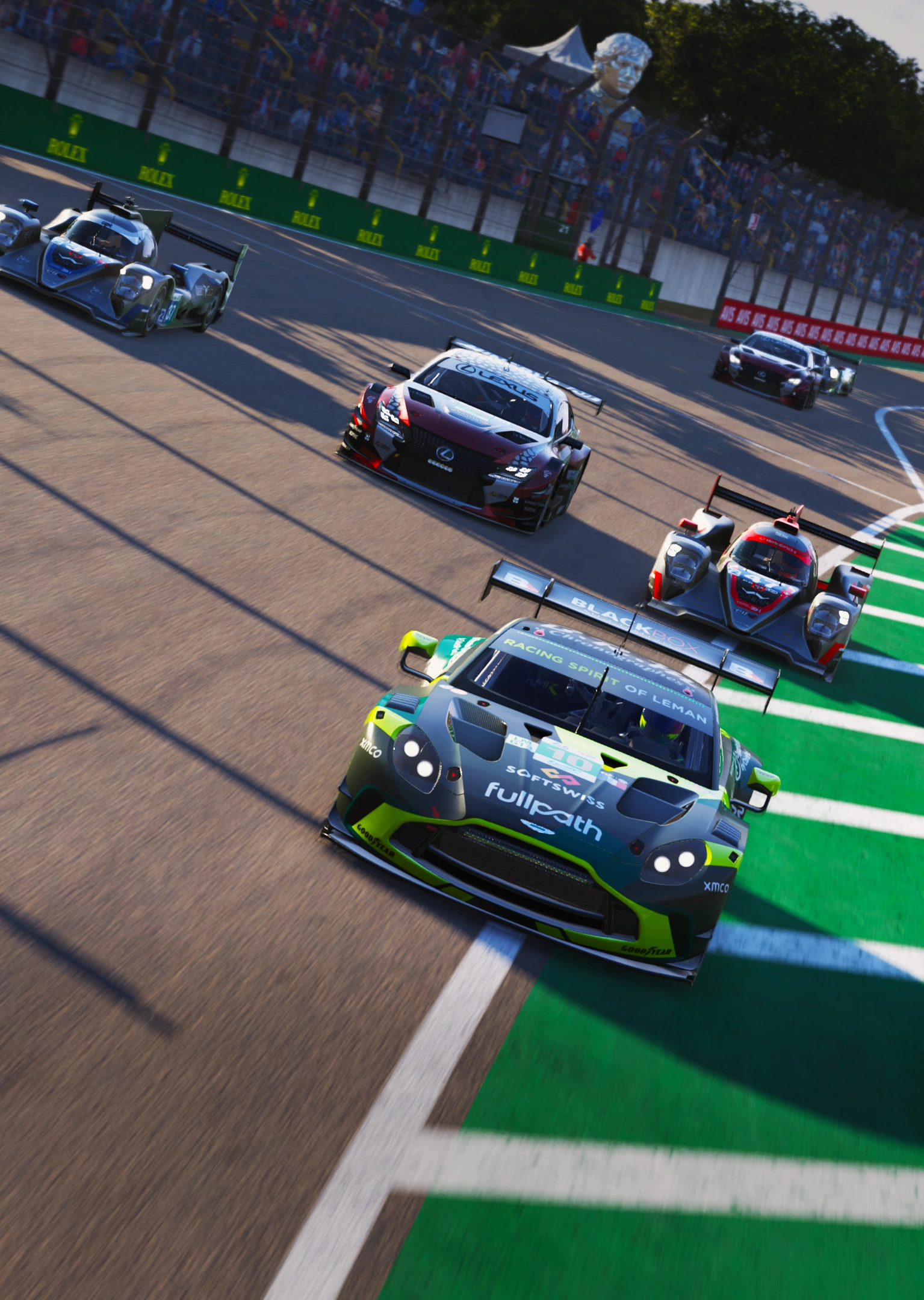
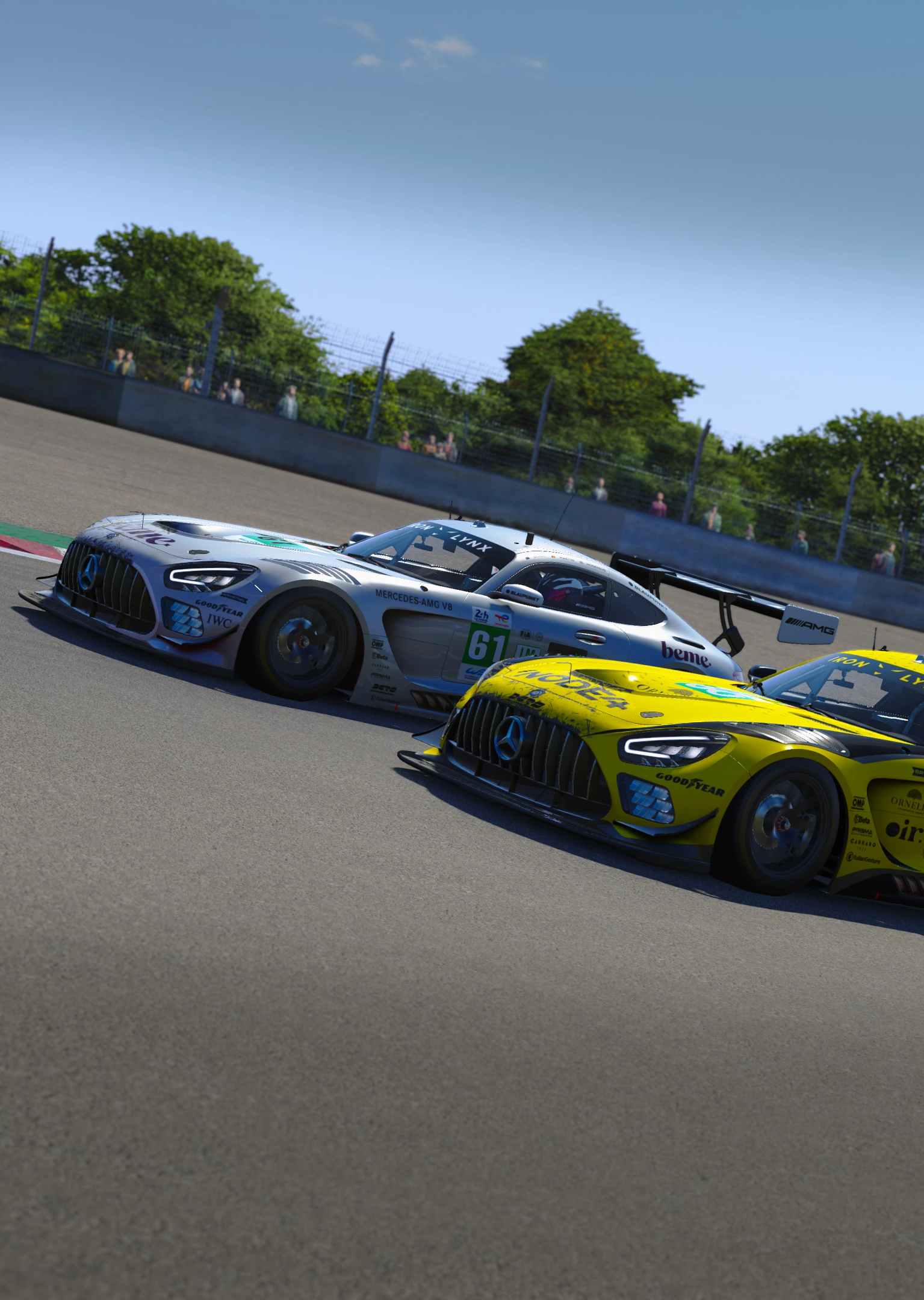

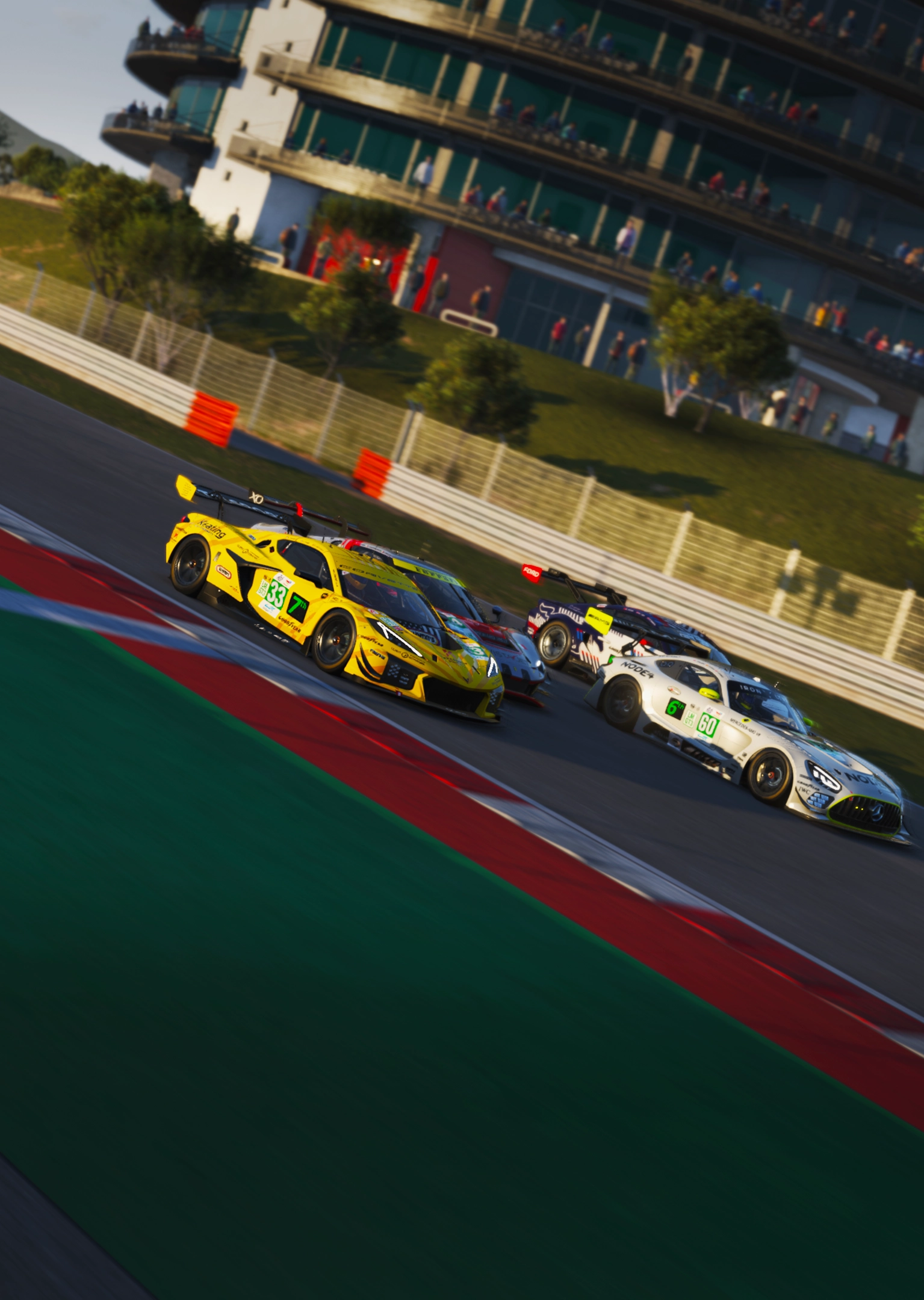

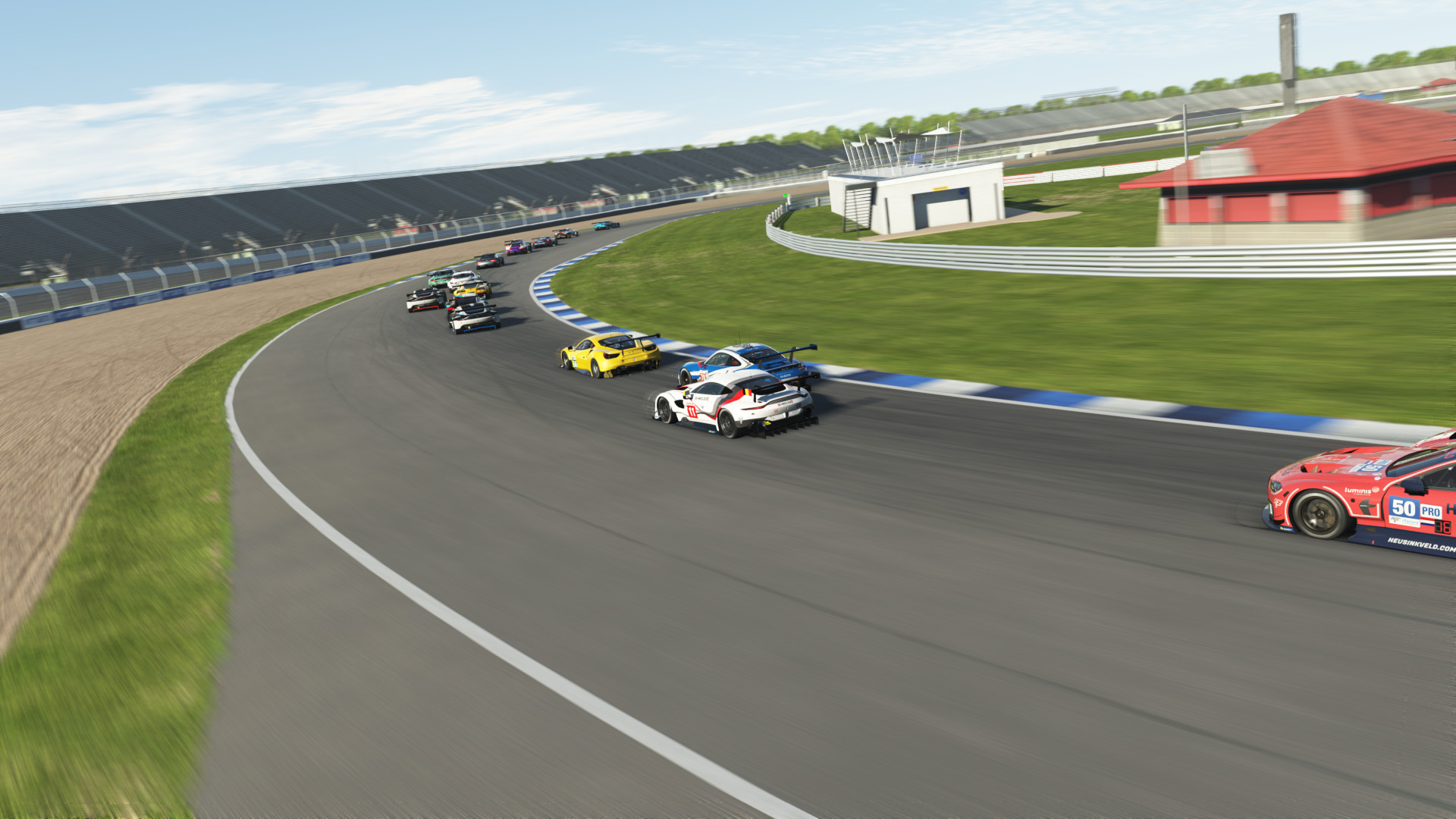




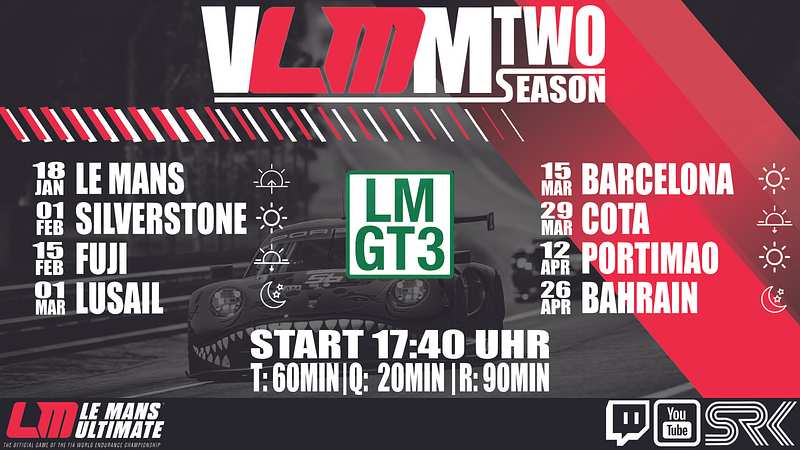
Solo event starting on with 8 Rounds.


